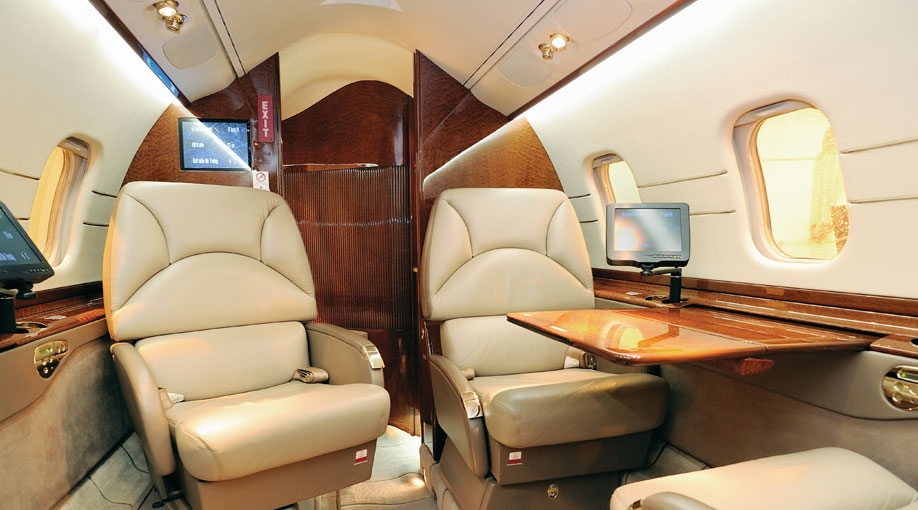
In the past decade, many new discount options to access business jet and turboprop travel have become available to many more travelers. Most of these new lower cost options involve booking all or some part of a repositioning or “empty leg,” often referred to as a “deadhead flight,” on a chartered aircraft. Since the empty leg operating costs already have been covered by the original charter customer, the charter operator can resell the empty leg at a significant discount – often as much as 50% – to another customer, or to a broker.
These primarily online-only charter broker marketplaces are just trying to gain visibility and market share. The main difference between them and traditional charter brokers is marketing strategy: they use the lure of empty legs to land new customers, and then hope to retain them as customers for traditional charter brokering when their travel needs surpass that empty leg model.
For the most part, it’s the host of newly minted, unregulated online charter brokers with little or no previous aviation experience who offer these “one-way discount charter” programs. Here’s how they work: they rely on web-based search capabilities to scan empty-leg postings of certificated charter operators. By matching charter requests with empty legs, the operator generates additional revenue, the online broker makes a commission, and you, the client, get a significant discount.
The empty-leg charter does offer excellent cost savings – when it works. But you’ll need to be flexible with your own schedule. If the retail client on whose trip you’ve piggybacked changes his or her schedule or itinerary, your discounted travel could disappear.
That leaves the broker with three choices: simply cancel the trip, charter a substitute aircraft to fulfill the trip and honor the discounted price, or offer to charter a substitute aircraft to fulfill the trip and charge full retail price. When it comes to empty-leg flights, neither the price, the schedule, nor even the flight itself, is guaranteed.
And, as with all charter broker programs, it’s uncertain whether the charter operator actually performing the trip consistently holds to the highest levels of safety. The more credible programs employ a safety due diligence system, using third-party operator vetting programs like Argus or Wyvern, just as do traditional brokers. For example, legitimate online charter marketplaces that claim to use Argus-rated operators should be using the Argus CHEQ system, which automatically checks the operator’s current safety rating. Should you opt to use an online one-way charter broker, verify that it uses a system like this as part of its booking process, before boarding that aircraft.
According to Argus’ data, there currently are more than 2,000 FAA-certificated charter operators in the U.S. alone, operating more than 5,500 fixed-wing jets and turboprops. That number would seem to provide pretty good odds for matching an occasional charter request with an empty leg. But there just aren’t enough flights to most geographic markets to make the empty-leg-only business model successful.
Each empty-leg trip has yet another hurdle to surmount: more than 90% of the world’s charter fleet is owned not by the charter operator, but by third parties with their own business aircraft travel requirements. Those aircraft are available for charter only when the owner isn’t flying, and then only at the owner’s discretion (not every owner is willing to charter to a rock band or group of weekend partygoers). Many owners rightly insist on approving each trip’s itinerary and revenue potential. Those constraints add yet another layer to the approval process required before any empty leg trip is scheduled.
In the attempted democratization of business aviation travel, the “empty-leg-only” model likely is untenable for the long haul. An unregulated charter broker’s loss leader is an unreliable means of meeting your ongoing business aircraft travel requirements. BAA
William Quinn is the Founder, President, and Chief Executive Officer of Aviation Management Systems, Inc (AMS). He has been actively involved in the business aviation industry for more than 40 years.




